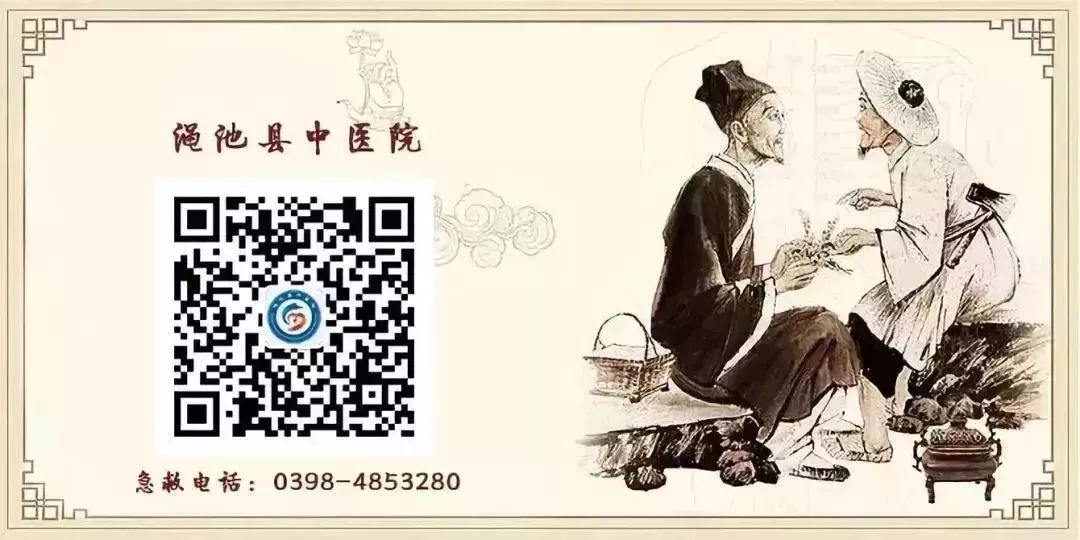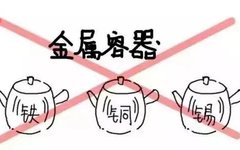Traditional Chinese Medicine (TCM) decoctions can be tailored according to the characteristics of the illness, allowing for differential treatment and adjustments based on symptoms. They are one of the important traditional forms of TCM. The Ming dynasty physician Li Shizhen pointed out: “Regardless of the quality of the herbs, if the decoction is prepared carelessly, with improper water and fire control, the efficacy of the medicine will be compromised.” This highlights that the method of preparing TCM decoctions directly affects their therapeutic effects.

Selection of Cooking Utensils



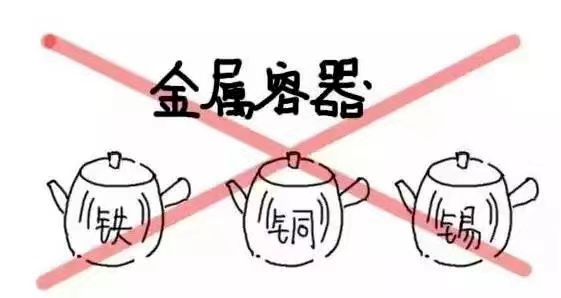


It is recommended to use clay pots, ceramic jars, or enamel pots, with clay pots being the best choice due to their stable chemical properties and even heat distribution. Avoid using metal utensils such as iron, aluminum, or copper, as these metals can react chemically with certain components of the herbs, reducing their efficacy and potentially producing harmful substances.


Cleaning Requirements

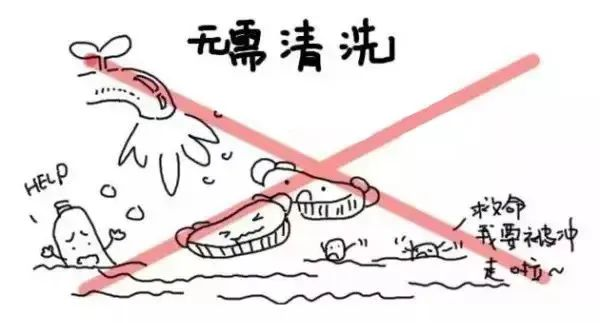
Herbs do not need to be washed. The herbal pieces have already undergone purification during processing and can be used directly in clinical practice. Washing water-soluble components can lead to the loss of effective ingredients, thereby reducing efficacy.
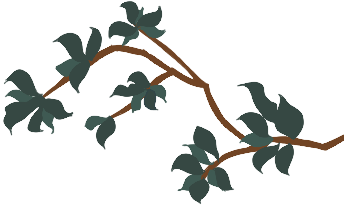

Soaking Requirements

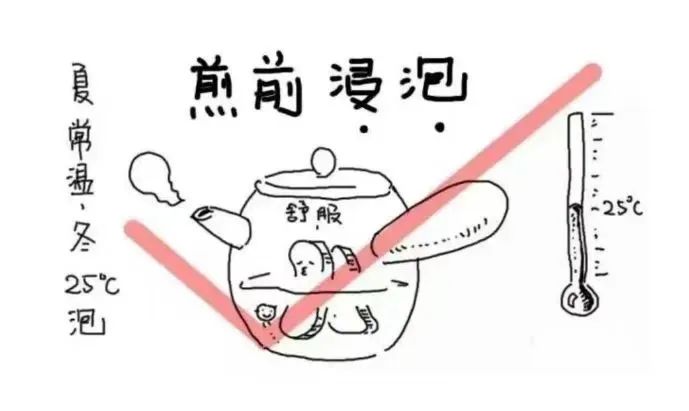
Soak the herbs in cold water for a period of time, but do not use boiling water, as boiling water will cause the outer tissues of the herbs to contract, affecting the leaching of effective components. The amount of water should be determined based on the nature of the herbs, the amount used, the degree of water absorption, and the decoction time. For the first decoction, it is best to soak the herbs to a depth of 3-5 cm. The soaking time should be 30-60 minutes, and it should not be too long, especially in summer, to avoid hydrolysis or spoilage of the herbs. For the second decoction, the water level should be 2-3 cm above the surface of the herbs.


Decoction Requirements

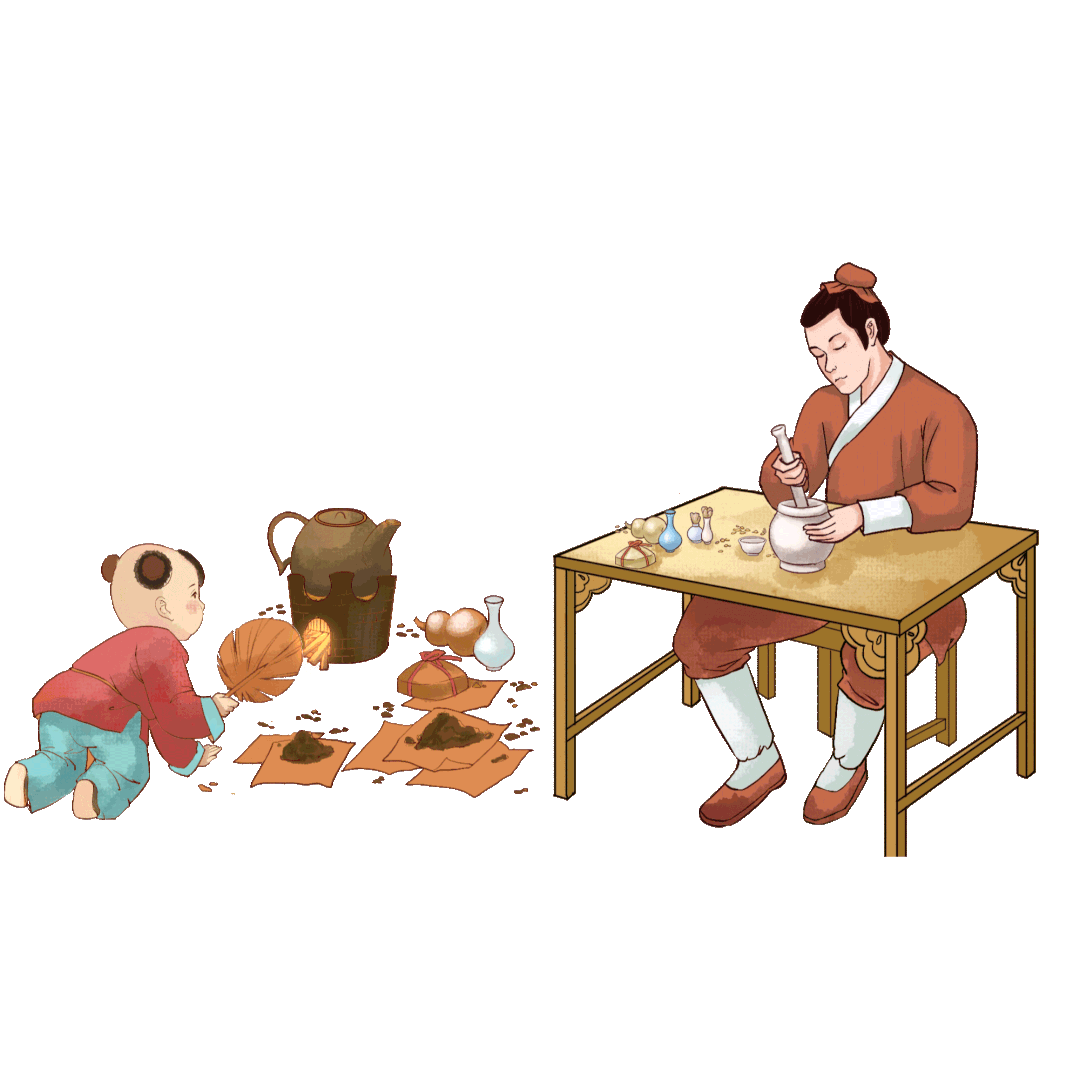
1
General Decoction Requirements
When decocting, the principle of “first vigorous, then gentle” should be followed. Start with vigorous heat (high heat) until boiling, then switch to gentle heat (low heat) to maintain a simmer. The timing for decoction begins once the TCM reaches a boil.
1. General herbs.After the first decoction reaches a boil, continue to simmer for 20-30 minutes; for the second decoction, after boiling, simmer for another 15-20 minutes.
2. Herbs for releasing the exterior, aromatic dampness transformation, and regulating qi..After the first decoction reaches a boil, simmer for an additional 10-15 minutes; for the second decoction, boil for 5-10 minutes.
3. Herbs for tonifying deficiency.After the first decoction reaches a boil, simmer for 40-60 minutes; for the second decoction, simmer for 30-40 minutes.
2
Special Decoction Requirements
Depending on the nature of the herbs, some require special methods such as pre-decoction, late addition, bag decoction, melting, or separate decoction.
1. Pre-decoction.Mineral, shell, and certain toxic herbs: such as magnetite, gypsum, and clam shell, need to be decocted for 30 minutes before combining with other herbs; for toxic herbs like Aconite (Fu Zi) and processed Aconite (Zhi Wu Tou), they should be decocted for 60-120 minutes to reduce toxicity before combining with other herbs.
2. Late addition.For aromatic herbs and those with volatile components that can be destroyed by prolonged cooking, such as mint (Bo He), cardamom (Sha Ren), and Uncaria (Gou Teng), they should be added just before the end of cooking, for 5-10 minutes.
3. Bag decoction.For sticky, powdered, or hairy herbs: such as Plantago seeds (Che Qian Zi), cattail pollen (Pu Huang), and magnolia flower (Xin Yi Hua), they should be wrapped in a cloth bag and decocted with other herbs.
4. Melting.For gelatinous herbs and those that dissolve easily: such as donkey-hide gelatin (Ejiao), deer antler glue (Lu Jiao Jiao), and honey, they should be melted separately or placed in the hot decoction after straining to dissolve.
5. Separate decoction.For precious herbs: such as deer antler (Lu Rong), Cordyceps (Dong Chong Xia Cao), and American ginseng (Xi Yang Shen), to avoid loss of active ingredients, they should be decocted separately.
3
Second Decoction Requirements
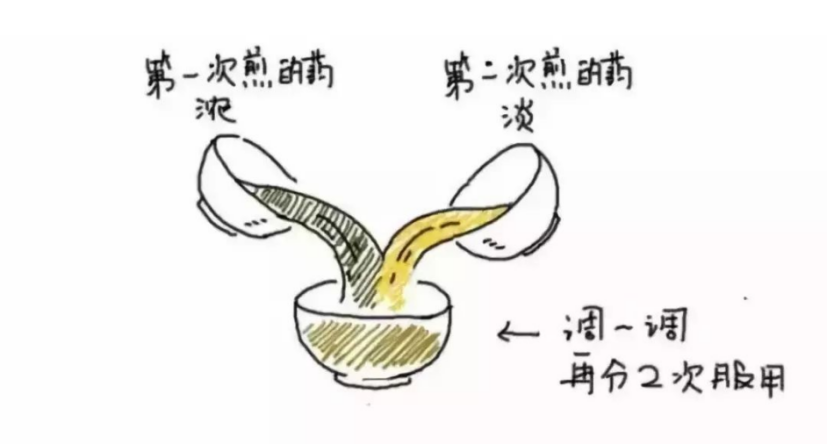
A single dose of TCM can generally be decocted twice, while tonifying herbs can be decocted three times. After the first decoction, the liquid should be poured out promptly, and then add an appropriate amount of water for the second decoction, which should be slightly shorter than the first. After decoction, mix the two liquids and divide them into two doses for morning and evening use, with the second portion refrigerated and reheated when needed. However, for acute conditions like colds, to achieve rapid efficacy, the first decoction can be consumed first, followed by the second decoction.
Decoction may seem trivial,
but it is actually quite significant.
When preparing TCM at home,
the above details should not be overlooked,
or the efficacy of the medicine will be greatly diminished.
 ENDPrevious Review: On December 3rd, Director Zhang Junxian from the Pediatric Department of the Yellow River Sanmenxia Hospital visited the Mianchi County TCM Hospital! Notice of the end of the 90 yuan discount activity for early lung cancer screening at Mianchi County TCM Hospital! Early knowledge | The latest expert consultation information from Mianchi County TCM Hospital is out! “Medical” Integrity | Fang Zhimin: A life of integrity, selfless service.
ENDPrevious Review: On December 3rd, Director Zhang Junxian from the Pediatric Department of the Yellow River Sanmenxia Hospital visited the Mianchi County TCM Hospital! Notice of the end of the 90 yuan discount activity for early lung cancer screening at Mianchi County TCM Hospital! Early knowledge | The latest expert consultation information from Mianchi County TCM Hospital is out! “Medical” Integrity | Fang Zhimin: A life of integrity, selfless service.
 Issue 903
Issue 903
Coordinated by: Yang Yanfang
Edited by: Yao Jiangyu
Proofread by: Zhang Hui

